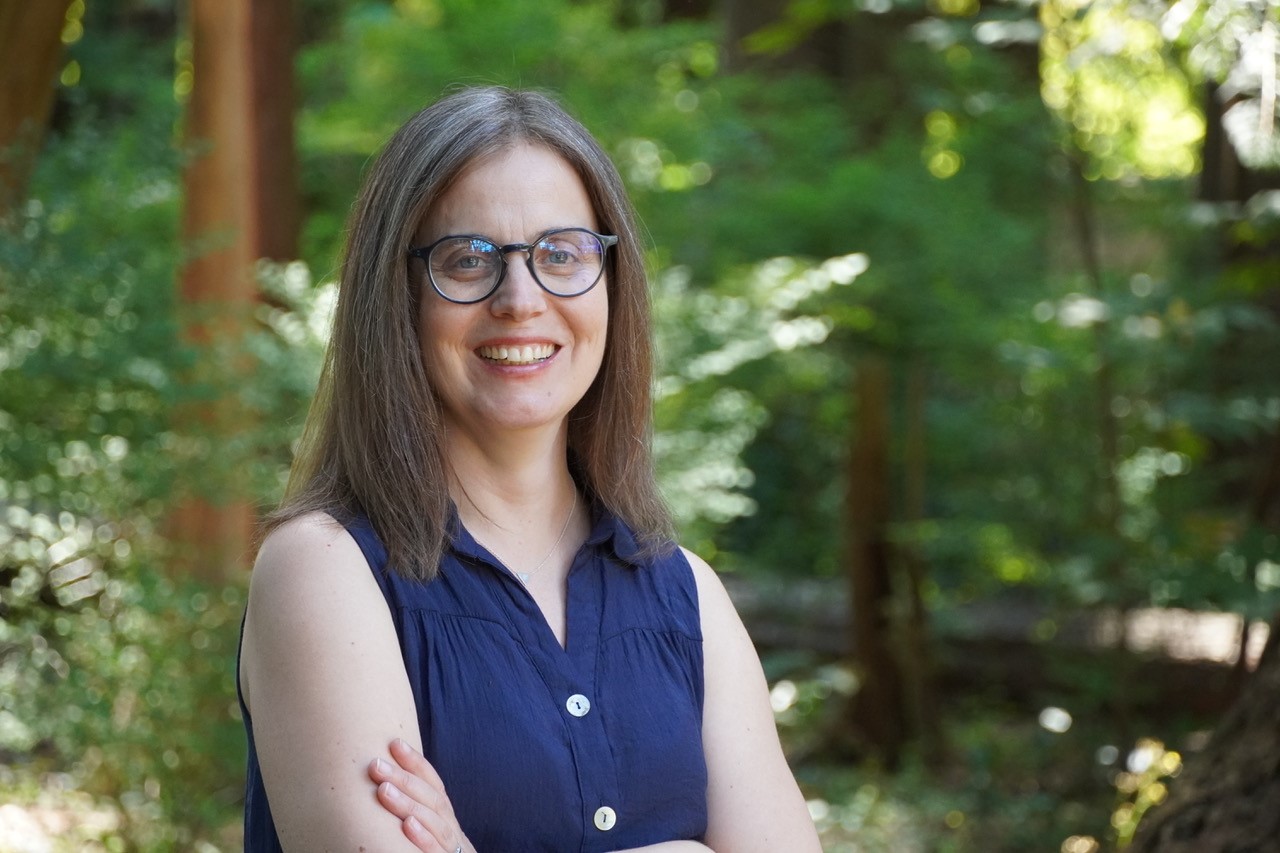State-Space Models for Animal Movement
When and Where
Speakers
Description
State–space models (SSMs) are commonly used to model ecological time series such as population dynamics, animal movement, and capture–recapture data. SSMs are popular because: (1) their flexibility allows ecologists to model a broad range of data types (e.g., continuous, count, binary) with linear or nonlinear processes that evolve in discrete or continuous time; (2) they allow researchers to differentiate between biological variation and imprecision in the sampling methodology; and (3) they often provide better estimates than models that account for only one source of stochasticity. Using a range of animal movement examples, I will introduce SSMs and demonstrate their advantages. I will discuss some of the issues that can arise when fitting SSMs to data, and will suggest simple ways to overcome these challenges.
About Marie Auger-Méthé
 Marie Auger-Méthé is an Associate Professor in the Department of Statistics and the Institute for the Oceans & Fisheries at the University of British Columbia, Canada. She is a Canada Research Chair Tier II in Statistical Ecology and a member of the Royal Society of Canada’s College of New Scholars, Artists and Scientists. She is broadly interested in developing and applying statistical tools to infer behavioural and population processes from empirical data. Her work tends to focus on marine and polar animals, but the methods she develops are often applicable to a wide range of species and ecosystems. Her recent work has centred on modelling animal behaviour using movement data and developing hierarchical models for spatial and/or temporal data.
Marie Auger-Méthé is an Associate Professor in the Department of Statistics and the Institute for the Oceans & Fisheries at the University of British Columbia, Canada. She is a Canada Research Chair Tier II in Statistical Ecology and a member of the Royal Society of Canada’s College of New Scholars, Artists and Scientists. She is broadly interested in developing and applying statistical tools to infer behavioural and population processes from empirical data. Her work tends to focus on marine and polar animals, but the methods she develops are often applicable to a wide range of species and ecosystems. Her recent work has centred on modelling animal behaviour using movement data and developing hierarchical models for spatial and/or temporal data.


